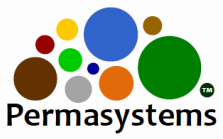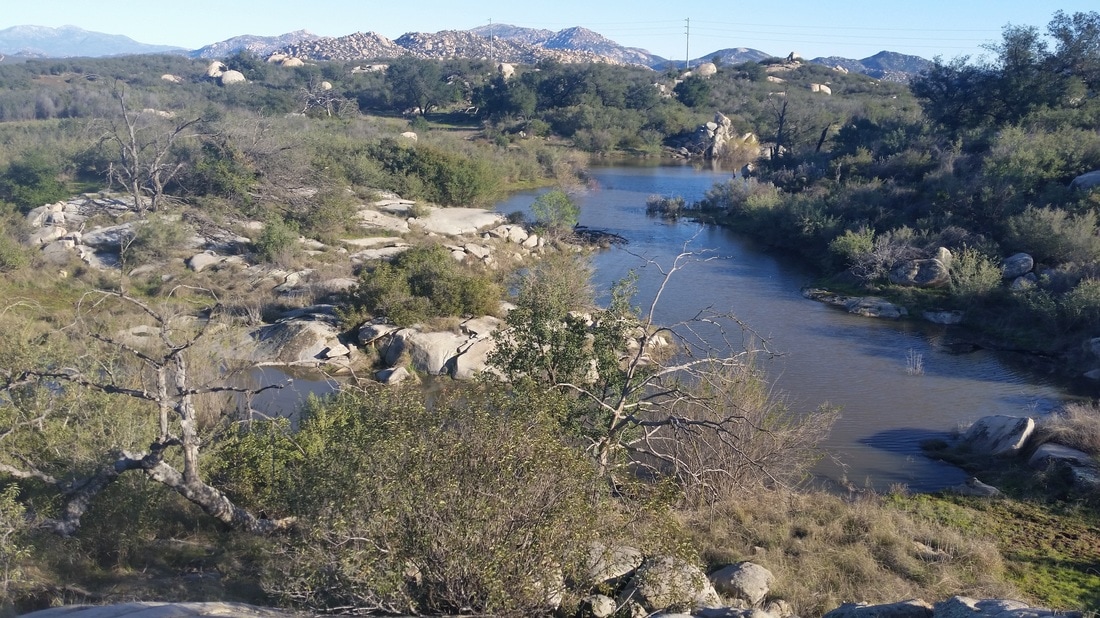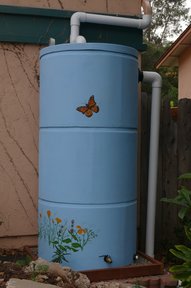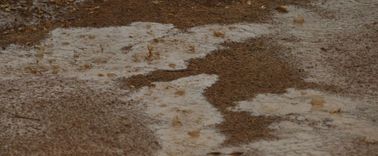Something as simple as applying a layer of mulch around your plants can reduce water usage by 25%, creating a passive system.
The best is to use both active and passive systems. What's important is to build and install them properly to ensure they work efficiently, creating a sustainable and even regenerative future for us all!
Resources
Brad Lancaster's rainwater harvesting website - full of useful information. His books on rainwater harvesting are the best out there!
https://www.harvestingrainwater.com/
Click here to go to our Facebook page.







 RSS Feed
RSS Feed